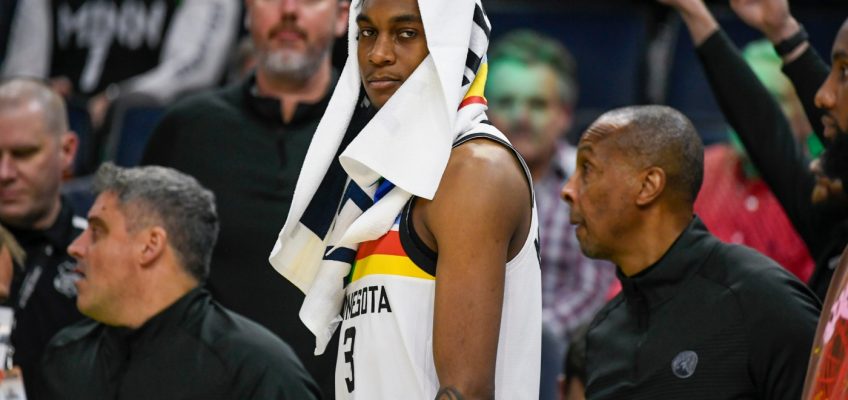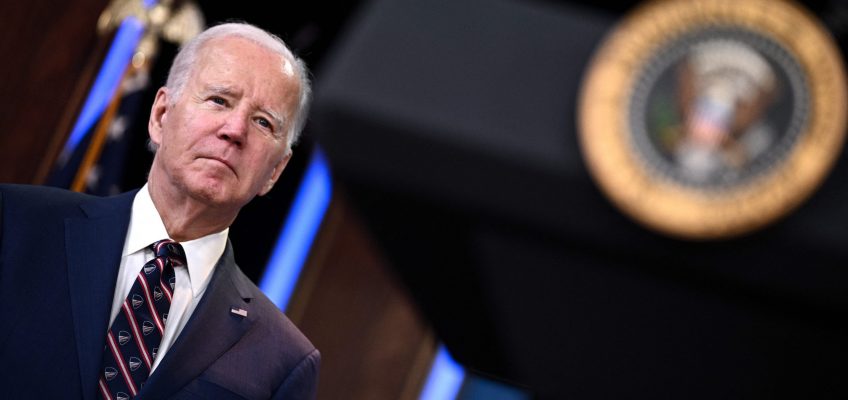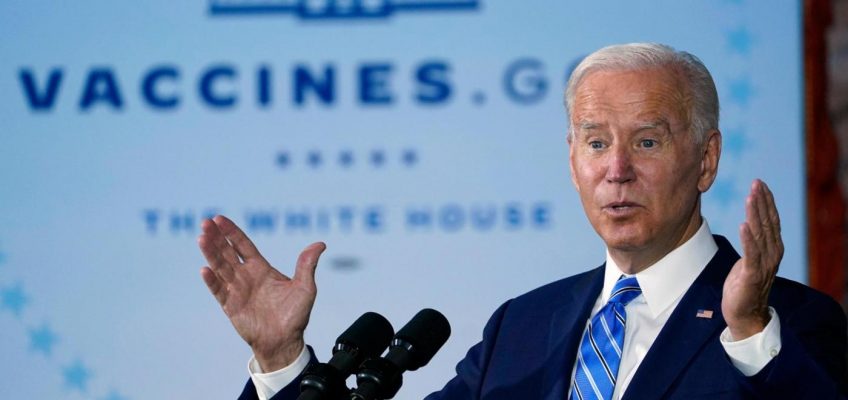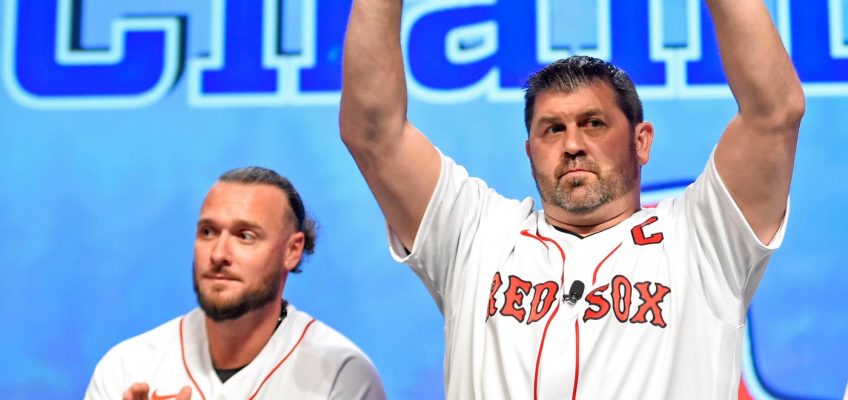Early in March 2020, I decided to write about the risks posed by COVID-19. I have no background in epidemiology or even health journalism, but I can multiply, divide and make charts and was frustrated with the lack of quantification in most reporting and public-health messaging on what was soon to be declared a pandemic.
In the resulting column I took what seemed to be the most authoritative estimate of COVID’s per-infection fatality rate, 1%, and noted that this was about 10 times the 0.1% fatality rate of seasonal influenza, then conservatively multiplied a CDC estimate of 61,099 influenza-associated deaths in the U.S. in the pretty bad flu season of 2017-2018 by five and 10 to get a range of “300,000 to 600,000 deaths.”
Over the 12 months that followed, about 550,000 Americans died of COVID according to according to the CDC’s provisional estimates and 490,000 according to its tallies of the “underlying cause of death” listed on death certificates. Both are almost certainly undercounts, because in the early days the lack of testing meant many COVID-caused deaths were attributed to other maladies. My guesstimate was also more lucky than good in that actual seasonal flu fatality rates may be closer to 0.04%, and the 2017-2018 influenza toll has since been revised downward to 52,000. Still, it was in the ballpark.
I was reminded of all this while reading a passage in a new book on the history of the pandemic, “The Big Fail: What the Pandemic Revealed About Who America Protects and Who It Leaves Behind.”
In March 2020, the authors write, Stanford University health policy professor Jay Bhattacharya “coauthored an article for the Wall Street Journal questioning the validity of the scary 2 to 4 percent fatality rate that the early models like Neil Ferguson’s were estimating — and that were causing governments to panic. He believed (correctly, as it turns out), that the true fatality rate was much lower.”
Well, my 1% fatality rate estimate came from a Feb. 10 paper out of the MRC Centre for Global Infectious Disease Analysis at Imperial College London, then led by none other than Neil Ferguson. The March 24, 2020, Wall Street Journal op-ed by Bhattacharya and Eran Bendavid appropriately took aim at the 2% to 4% fatality rates that the World Health Organization was calculating using confirmed cases as the denominator, but ignored Ferguson’s estimate and went on to propose that the actual fatality rate might be as low as 0.01%, “one-tenth of the flu mortality rate,” and that in the U.S. COVID might be “a 20,000- or 40,000-death epidemic.”
Studies based on antibody testing later found that, in the early days, among hard-hit, immunologically-naive populations with age distributions like those of East Asia, Europe and North America, COVID killed close to 1% of those infected. Fatality rates seemed to be lower where incidence of the disease was lower (although measurement was less reliable there too), and they have certainly declined over time, especially since vaccines were introduced. But the very early estimate by Ferguson and team, described as “approximately 1%” in the summary of their paper but either 0.9% or 0.8% (depending on assumptions about how long people with COVID kept testing positive for it) in the text, appears to have been quite accurate, and certainly much closer to the mark than Bhattacharya and Bendavid’s spitballing.
It was also not an outlier in early 2020. “The data so far suggest that the virus has a case fatality risk around 1%,” well-informed amateur epidemiologist Bill Gates wrote on the New England Journal of Medicine’s website on Feb. 28. On the same day and in the same place, National Institute of Allergy and Infectious Diseases director Anthony Fauci and the heads of the National Institutes of Health and the CDC wrote that the “case fatality rate may be considerably less than 1%,” and on March 11 Fauci testified before Congress that it was “somewhere around 1%.” A study published March 30 in Lancet Infectious Diseases, again co-authored by Ferguson, put it at 0.66% overall, albeit much higher for those 60 and older and much lower for those under 50, with the fatality rate for children under 10 estimated at less than 0.002%.
So it wasn’t a faulty expert consensus on the risks posed by COVID that drove the reaction to it. The expert consensus turns out to have been eerily on-target.
But as “The Big Fail” makes maddeningly clear — and no, I didn’t stumble over any other mischaracterizations in it like the one described above — the U.S. did an awful job of balancing COVID’s risks with the costs of fighting the disease. (I should disclose that the authors, Joe Nocera and Bethany McLean, are former colleagues of mine and current friendly acquaintances, although we’ll have to see if the latter holds up after they read this column. Something I wrote comparing COVID mortality in California and Florida is cited approvingly in the book.)
The “lockdowns” at the outset of the pandemic — which in the U.S. were mostly not literal lockdowns but did involve strongly urging people to stay home — seem to have saved lives when implemented early enough. It is also undeniable that staying away from other people is an effective way to avoid catching or spreading COVID.
But public policies aimed at encouraging and even requiring such behavior over extended periods were extremely costly and disruptive, and appear to have had at best a modest impact on COVID mortality.
The biggest mismatch between risks and costs in the U.S. involved schooling, as many urban districts did not offer in-person classes for much or all of the 2020-21 school year, with dire consequences for student performance.
How much of a role did misrepresentations of COVID’s mortality rate play in this faulty decision-making? It can’t have helped that the WHO and other data compilers continued throughout the pandemic to report fatality rates based on confirmed case numbers, which the news media usually passed on without adding context. But I also think that a disease with a mortality rate of a bit under 1% is just really hard for people, myself included, to get their heads around. It’s in an uncomfortable middle ground between seasonal viruses that we’ve all grown accustomed to living with (as now seems to be happening with COVID) and high-fatality-rate ones such as Ebola and the original SARS virus that no one would encourage allowing to spread. The conservative meme that “COVID is 99% survivable” — as if that made it a mere trifle — was one indication of this confusion, but Fauci’s waffling over the course of summer 2020 on whether schools should reopen probably was too.
It didn’t help that some of those clamoring loudest for school reopening, such as President Donald Trump, so clearly underestimated COVID’s risks. An underappreciated reason why the October 2020 ” Great Barrington Declaration” calling for an end to lockdowns generated such an allergic reaction in public health circles is that two of its three authors, Bhattacharya and University of Oxford epidemiologist Sunetra Gupta — who in May 2020 argued that COVID “has largely come and is on its way out” in the U.K., with a fatality rate between 0.1% and 0.01% — had been so spectacularly wrong in their early risk assessments. These were not people who had earned a lot of credibility on COVID.
It seems telling — or at least ironic — that Sweden, where public health officials greatly overestimated how quickly COVID was spreading early on and thus underestimated its fatality rate, ended up with one of the most successful and sustainable COVID management efforts among Western countries.
Sweden’s approach was never as laissez-faire as sometimes portrayed — high schools and universities were closed early in the pandemic and large gatherings banned — and the initial increase in deaths there was even sharper than in the U.S., but over time the country’s light-touch policies were accompanied by excess mortality only moderately higher than in neighboring Denmark and Norway and much lower than in the U.S. and the rest of Europe. Getting the risks right may not have been essential to getting the response right.
Justin Fox is a Bloomberg Opinion columnist covering business. A former editorial director of Harvard Business Review, he is author of “The Myth of the Rational Market.”




